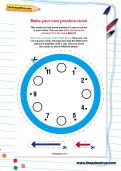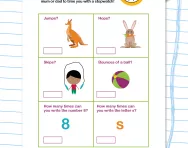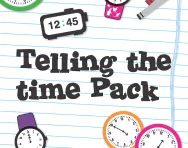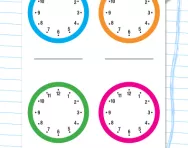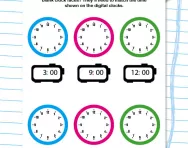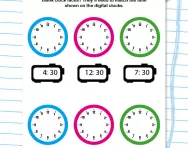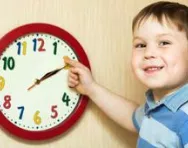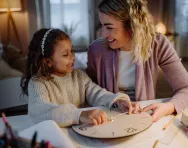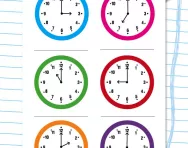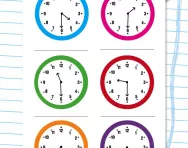Important update from TheSchoolRun
For the past 13 years, TheSchoolRun has been run by a small team of mums working from home, dedicated to providing quality educational resources to primary school parents. Unfortunately, rising supplier costs and falling revenue have made it impossible for us to continue operating, and we’ve had to make the difficult decision to close. The good news: We’ve arranged for another educational provider to take over many of our resources. These will be hosted on a new portal, where the content will be updated and expanded to support your child’s learning.
What this means for subscribers:
- Your subscription is still active, and for now, you can keep using the website as normal — just log in with your usual details to access all our articles and resources*.
- In a few months, all resources will move to the new portal. You’ll continue to have access there until your subscription ends. We’ll send you full details nearer the time.
- As a thank you for your support, we’ll also be sending you 16 primary school eBooks (worth £108.84) to download and keep.
A few changes to be aware of:
- The Learning Journey weekly email has ended, but your child’s plan will still be updated on your dashboard each Monday. Just log in to see the recommended worksheets.
- The 11+ weekly emails have now ended. We sent you all the remaining emails in the series at the end of March — please check your inbox (and spam folder) if you haven’t seen them. You can also follow the full programme here: 11+ Learning Journey.
If you have any questions, please contact us at [email protected]. Thank you for being part of our journey it’s been a privilege to support your family’s learning.
*If you need to reset your password, it will still work as usual. Please check your spam folder if the reset email doesn’t appear in your inbox.
Telling the time: Make your own clock
How do you teach a child to tell the time at primary school?
In the UK, teaching children to tell time is a gradual process. It typically begins around age five or six. It starts with introducing basic concepts such as morning, afternoon, and evening, which helps children understand the sequence of events in their daily routines.
Analog clocks are key in this process, serving as great visual aids to illustrate the passage of time. Children are taught to recognise the hour and minute hands on these clocks and understand their functions.
As your child progresses, they learn to read the time on analog clocks, starting with telling time to the hour and half-hour. They then advance to quarter-hour intervals and eventually to telling time to the nearest five minutes.
Teachers use a variety of practical activities and games to reinforce time-telling skills. Children engage in hands-on activities such as setting the time on analog clocks, matching analog and digital times, and solving time-related word problems.
These activities make learning about time interactive and engaging for your child, helping them develop a strong foundation in time-telling.
How can you teach your child to tell the time at home?
Parents can play a crucial role in helping their children learn to tell time at home by incorporating fun and engaging activities into their daily routines. Here are some tips to help parents support their children's time-telling skills:
- Start early: introduce basic concepts of time, such as morning, afternoon, and evening, as soon as children show interest. Use everyday activities to help them understand the sequence of events throughout the day.
- Use clocks around the house: point out different types of clocks in the home, including analog and digital clocks. Encourage children to read the time on these clocks and ask them questions about what they notice, such as the position of the hands or the numbers on the digital display.
- Make it interactive: create hands-on activities that allow children to practice telling time. Use this teacher-created activity and let your child make their own clock to practise telling the time.
You can also try our Telling the Time Learning Journey with plenty of worksheets and support to ensure your child can tell the time with confidence.
